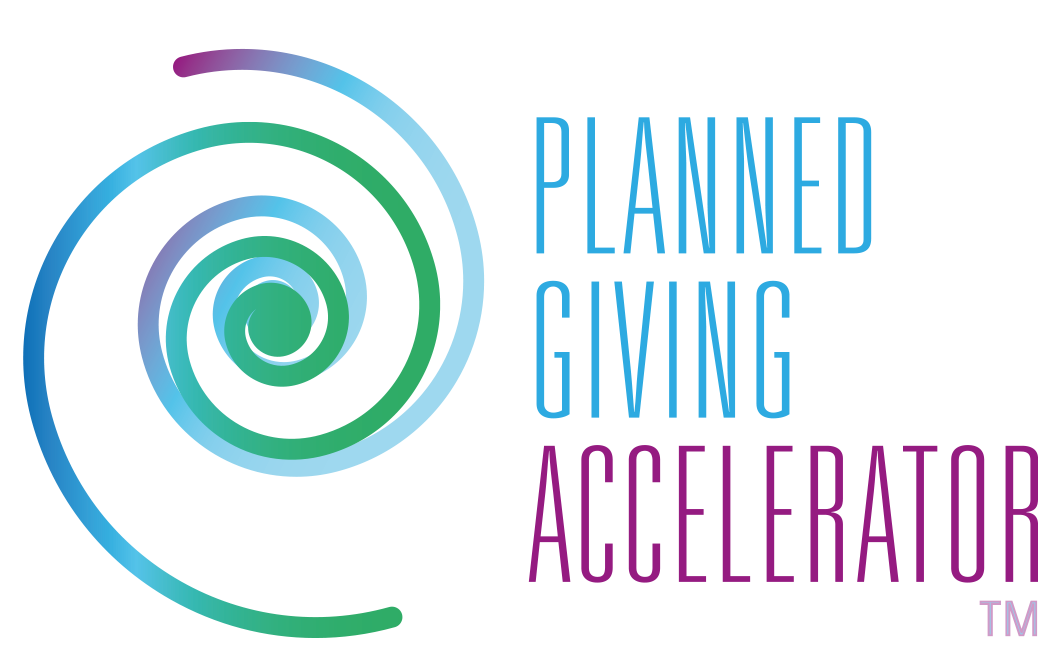But consumer prices remain high, as the price of gas at the pump fluctuates.
Is the U.S. headed for recession? Or have we dodged it? Or is it too early to tell?
An uncertain national economy breeds uncertainty among donors to our nonprofits. People aren’t sure how much they’ll have, so they don’t know how much they can give. But there’s a long-term gift option you can safely, comfortably talk to folks about today: A gift in their will.
Gifts by will, or charitable bequests, have no lifetime cost to your donors. They’re gifts of cash to your nonprofit at each donor’s death.
And nearly every adult in America can add a $1,000 gift to their will.
These are the most popular planned gift, by far. Expect at least 75% of the planned gifts in the wealthiest nonprofits – in all nonprofits – to be gifts in wills. Why? They’re the simplest planned gift, by far. Because everyone knows what a will is; everyone knows they need a will; and everyone knows how wills work.
In contrast, no one knows what a charitable remainder unitrust with net income makeup provision is; no one needs a charitable remainder unitrust with net income makeup provision; and no one knows how a charitable remainder unitrust with net income makeup provision works (save a bunch of estate planning attorneys who use their wills to make charitable gifts).
The average charitable bequest in the U.S. is $35,000. I’ve seen higher averages quoted, but that’s a number I’m comfortable citing. Yet it may be conservative.
For folks friendly to the idea, but uncomfortable putting a dollar amount in their will to support your mission, they can instead make a gift of a percentage of their estate. (It’s technically a percentage of their residual estate — what remains after expenses, creditors and set amounts have been paid — but that’s for discussion between your donor and their attorney.)
The discussion between you and your donors centers on what you have in common: Your mission. You know they love it because of their giving. I presume you love it, too. Or else you wouldn’t work there.
Asking your committed, loyal donors who are 55+ to include you in their wills offers them a natural extension of the giving they’ve been doing for many years, and decades for some donors. The conversation is less vulnerable to economic vicissitudes because you’re talking about the future. For your donors in their 60’s and 70’s — and lots of folks in their 80’s – likely long into the future.
This allays the concerns we all share about today’s economic environment.
When done right, your conversations around gifts in wills honor the giving histories of your committed, loyal donors. Please re-read that. It’s important.
Your solicitation of charitable bequests celebrates the past giving that led to the moment of your ask.
Last year was my silver anniversary in Planned Giving. I’ve never been slapped asking for a gift. No one has ever hung up on me (in a planned gift conversation; that doesn’t include former girlfriends). So you needn’t fear offending someone.
And you’re not talking about the person’s death. This isn’t a death conversation. Quite the contrary. You’re talking about life. The life of your nonprofit, for decades and generations to come. You’re talking about the sustainability of your mission, your work, and your values.
All that rich stuff and passion you and your donors share.
You’re reminding your committed, loyal donors how important your work is in your community – how ever you define “community.” You’re reinforcing for them that your work must continue in your community. They know, because they’ve been supporting you for a long time, but your reminder centers the conversation around the life and future of your nonprofit.
All this can comfortably take place, no matter the price of gas at the pump.


